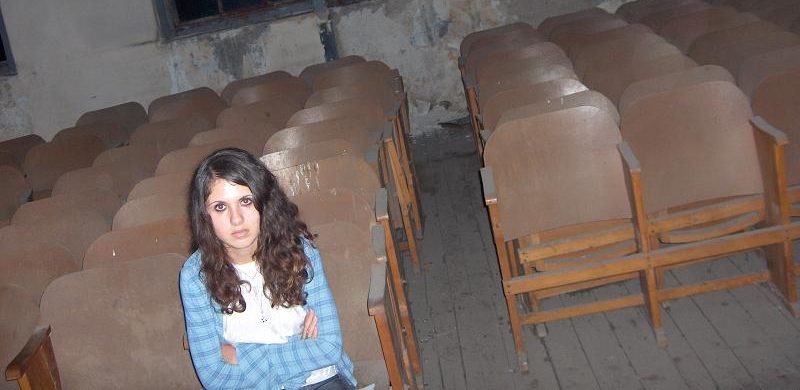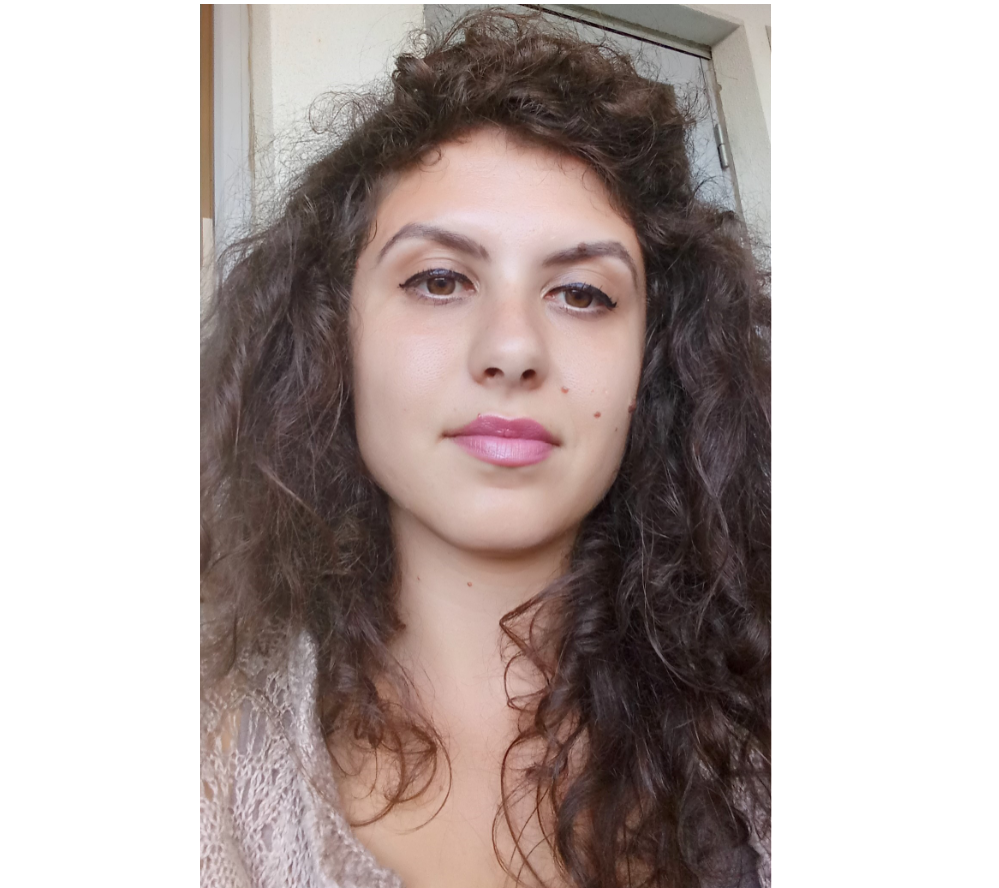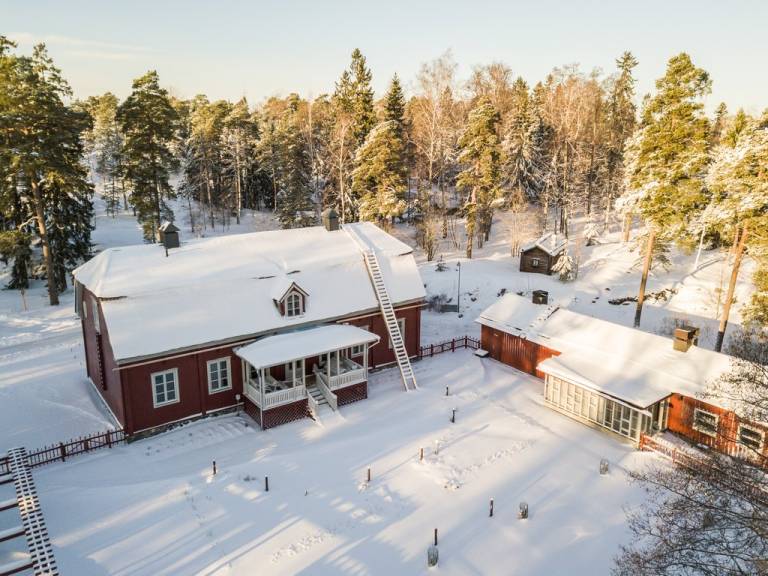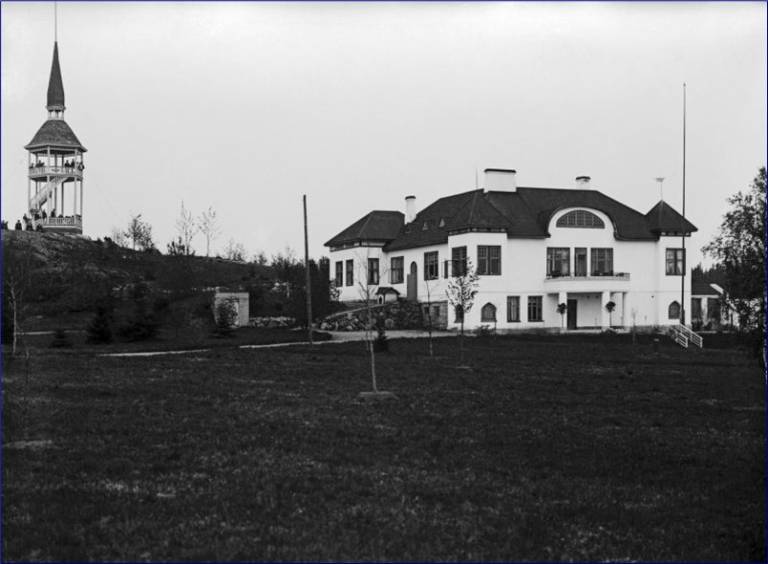The 1990s and early 2000s were marked by political transformations in Eastern Europe, after the collapse of socialist modernity and during European Union expansions in the region. This period was framed within a discursive framework of ‘transition’ from socialism to ‘democracy’ (or actually capitalism). ‘Transition’ discourses are often very dismissive towards socialist histories, within an ‘end of history’ paradigm (see Fukuyama, 1992), in which postsocialist spaces are supposed to start from zero and ‘catch up’ with the west (Tlostanova, 2017, 4).
This essay engages with some of the particularities of being born during the political rupture that took place in 1989 in Romania and of growing up during the 1990s and early 2000s, times marked by political transformations. I aim to explore some of the power relations that shaped childhoods, childhood spaces (such as the school and the summer camp), and the subjectification of children within dominant discourses in times of political transformation. Furthermore, I aim to explore some of the diverse side effects of political change and transformation on children’s lives. In these endeavours, I reflect on my childhood memories of growing up in 1990s and early 2000s Romania, from the perspective of the present adult remembering them.
Moreover, I interweave my memories with memory accounts written by two members of my family born in the 1950s, my mother Mia and my aunt Jeni.

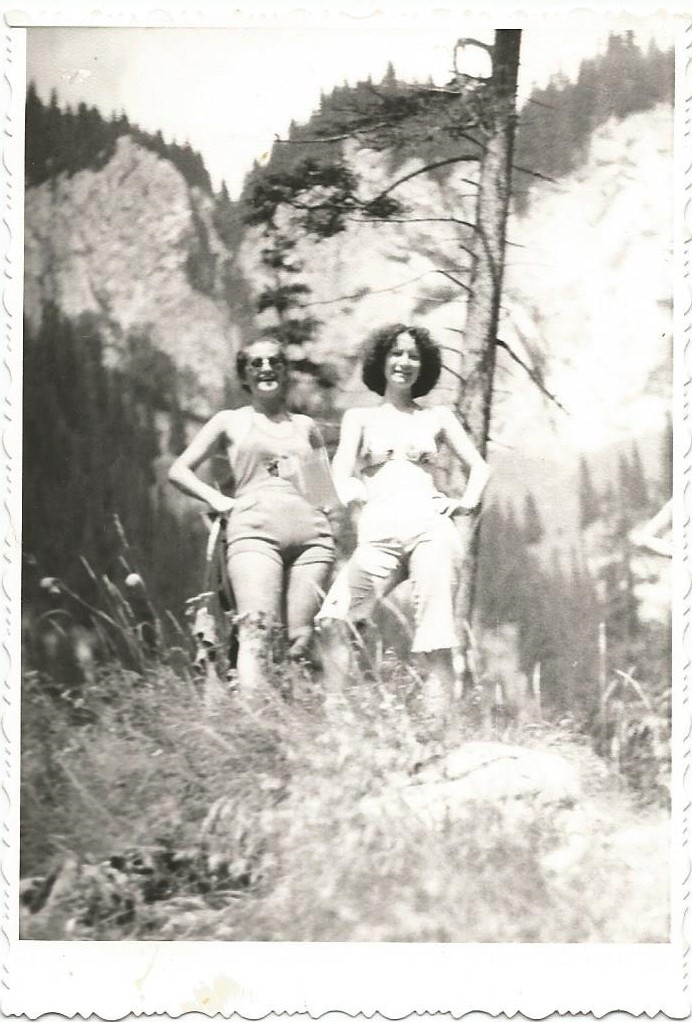
By reflecting on memories with/lived-by members of my family who grew up during socialism, I aim to cut across generational divides and ultimately envision reconciling with our socialist past and thus regain a sense of personal and mutual coherence.
The essay therefore discusses the mechanisms of my subjectivation within dominating / oppressing discourses in my childhood memories, and how I am becoming now with these memories. With the help of Gloria Anzaldúa’s writings (see Anzaldúa, 1987), I conceptualise the historical rupture that took place during 1989 in many postsocialist countries as a metaphorical border that cuts across those who came into the world during that time, myself included. Furthermore, I conceptualise the so-called ‘transition’ period (from socialism to capitalism) as a metaphorical border space between different ideologically divided worlds. In that border space, we were socialised and educated within a ‘transition’ discursive framework, in a system that devalued our histories and our parents’ socialist pasts. Geopolitically and historically, my home region Dobrogea also represents a border space at Europe’s semi-periphery, characterised by multiple inter-ethnic and inter-religious encounters and tensions, as well as an invisibilised history of settler colonialism.
By dwelling at the border, one can engage in border thinking, a strategy for reacting against embodying fixed positionalities arranged through dominating power structures (see Mignolo, 2000). Border thinking means carving one’s space within, between, against, and along all the different worlds one inhabits. It weaves together different systems of meaning in order to create a meta-level of sense-making (see Sandoval, 2000). Those who find themselves at the margins of different social structures might grow into the ability to engage in border thinking. The sensitivity towards border thinking is heightened by turning or breaking points into one’s everyday modes of perception and subjectivity.
My essay is an attempt at thinking from the border towards envisioning differential subjectivities with the help of childhood memories. These differential subjectivities represent future possibilities with roots in historical and collective resistance. I conceptualise the strategies for envisioning these future possibilities through Maria Lugones’ (2005) insightful unpacking of the applicability of Gloria Anzaldúa’s strategies of the self in metamorphosis: intimate terrorism, rage and contempt as strategies of the in-between self, and the Coatlicue state. I attempt to trace these strategies in my autoethnographic writing. I selected a few memory stories to focus on from an essay I wrote last year while experiencing an important turning point in my subjectivity and in my PhD project. I then interweaved some of these memory stories with memory accounts written by two members of my family, my mother Mia and my aunt Jeni.
Our collective process of remembering, writing, and sharing memories generated the resources needed for a sense of personal and mutual coherence across inter-generational divides. They also represented tools of empowerment in my “process of self-discovery [that eventually] lead to poetry” (Garber, 2005, 220). I will conclude this piece with a poem that symbolises the metamorphosis towards a differential subjectivity.
Intimate terrorism
A person in intimate terrorism is pressed between multiple oppressive worlds. As she becomes aware of that multiplicity, she also senses the possibilities of resistance. It is a an inward awareness, in which she envisions those possibilities without yet acting on them, since any action at this point would be complicit with the power relations that oppress her. She is resisting and being oppressed at the same time, and thus existing within and between multiple and conflicting “worlds of sense” (Lugones, 2005, 90). The intimate terror arises from the fear of non-belonging. Furthermore, the possibilities of resistance that she senses will need to be created away from harmful sense, and thus are future possibilities with roots in historical and collective resistance.
“P was a Roma girl from a poor family. She lived with her mother and brother in a small apartment. I would occasionally visit her there after school. My parents would sometimes advise me to see her more rarely, invoking the instability that poverty might cause to a child. Some boys at school would call her ‘dirty gypsy’. Later they would frame her as promiscuous, vilifying her sexuality and associating it with uncleanliness and prostitution. I remember how we both enjoyed listening to rap music. We lent each other pirated music cassettes we bought from a stand on the street, in front of the market. She had curly hair, like mine. Other classmates made fun of me for that reason, calling me ‘hairy’ or even ‘ugly’. I could identify with her on certain levels. We both felt marginalised. I would often also be the target of bullying in primary and secondary school. However, P’s marginalisation was also due to structural racism. We both however felt the discriminatory forces of patriarchy and sexism.” Ioana
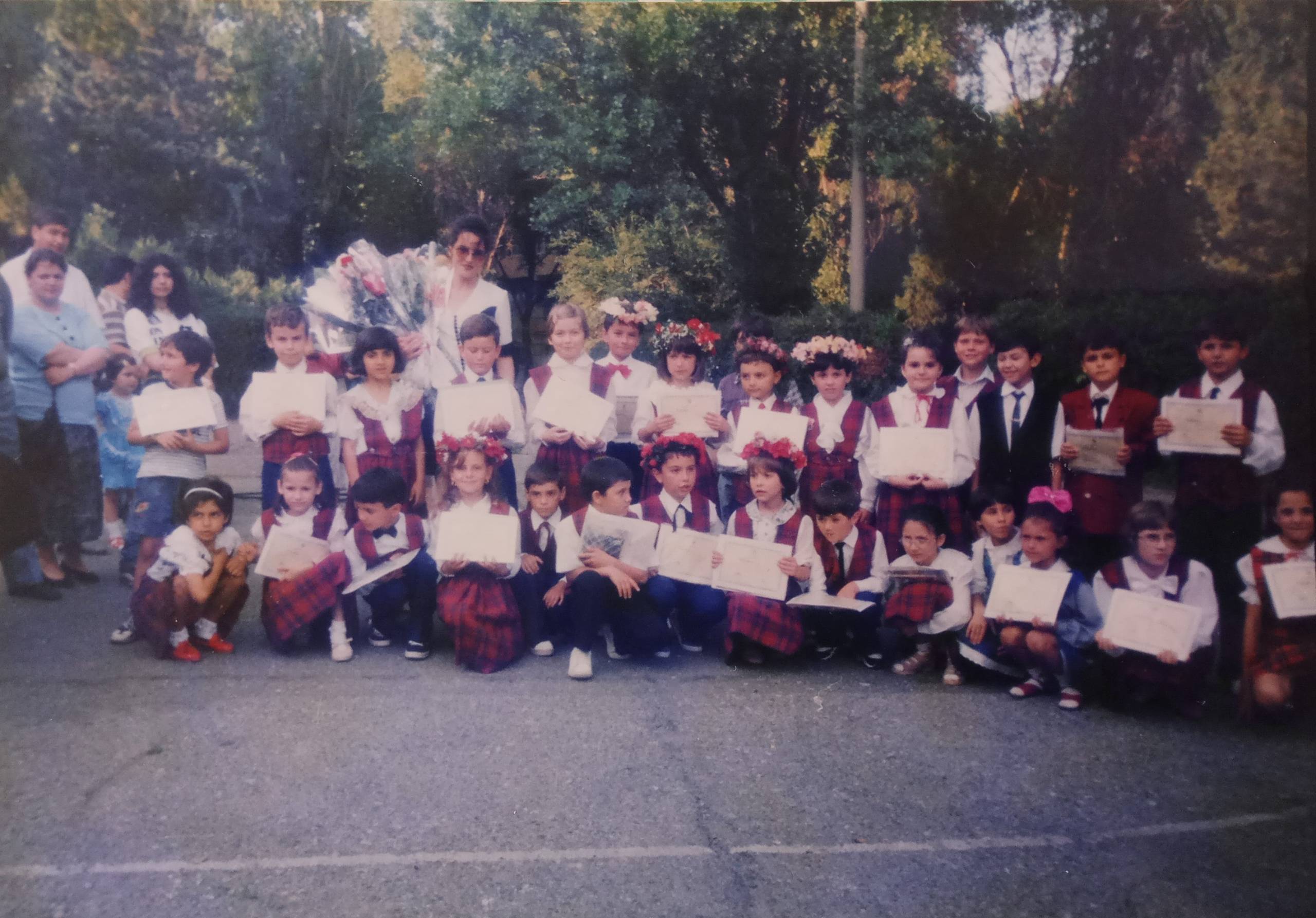
To exemplify the state of intimate terrorism, I reflect on my childhood friendship with a Roma girl who experienced various accounts of discrimination, due to her ethnicity, class, and gender, particularly in the institutional childhood space represented by the school. I also reflect on my own sense of marginalisation at school, although my friend’s marginalisation was also due to structural racism, while I could benefit from more privileges by being read as ‘white Romanian’. Retrospectively, I observe how we as children felt pressed between these multiple oppressive worlds. At that time we were not fully aware of that multiplicity in our oppressions, nor in our possibilities of resistance. However, we did resist dominant discourses, for instance through the music that we listened to, which symbolised resistance through alternative discourses.
At certain points I remember trying to distance myself from my friend due to my fear of not belonging in the wider school community. However, I also remember my resistance against internalising racist discourses. These childhood experiences might have instilled in me my current quest for social justice. In other words, the possibilities of resistance that I sensed then would materialise in the future, away from certain spaces of harmful sense.
Rage and contempt as strategies of the in-between self
These strategies allow the person in intimate terrorism to create space away from the worlds of harmful sense, where she can envision future possibilities of resistance.
The in-between self does not make sense as enraged, nor does her contempt “for those who have aroused shame in her” (Lugones, 2005, 92) make sense in a world of harmful sense. Her rage is read as ‘madness’ and her contempt as ‘hostility’, and thus her agency read as ‘unsuccessful’. Rage and contempt therefore become strategies of isolation and disengagement, of making space away from harmful sense, away from complicity with oppressive power relations. This disengagement is an inner “active withdrawal” through which she can “make germination of a resistant self possible” (Lugones, 2005, 92).
“I graduated secondary school with the highest grade and got into the best ranking high school in Constanța. That summer my parents sent me on a summer camp to France, as a reward for my hard work. The summer camp was organised for young students from European countries with a majority of Romance language speakers. The attendants came from Portugal, Spain, Italy, Romania, and France. There were various subtle discriminatory gestures I noticed during that summer camp. One particular episode though marked me considerably. One day, in groups of 2-3 kids, we engaged in all-day activities with families from a few villages near the town of Amiens. Together with a Portuguese girl, I went with a married couple, in their fifties or sixties. They drove us to their house and set the table in the backyard for us to have dinner. The chairs the husband brought from the garden were rather dirty. He cleaned the Portuguese girl’s chair, then placed the cloth on my chair, and obstinately directed his look first at me, then at the chair, as if to say, here are the instructions, you will do this yourself, do not expect me to do this for you.” Ioana
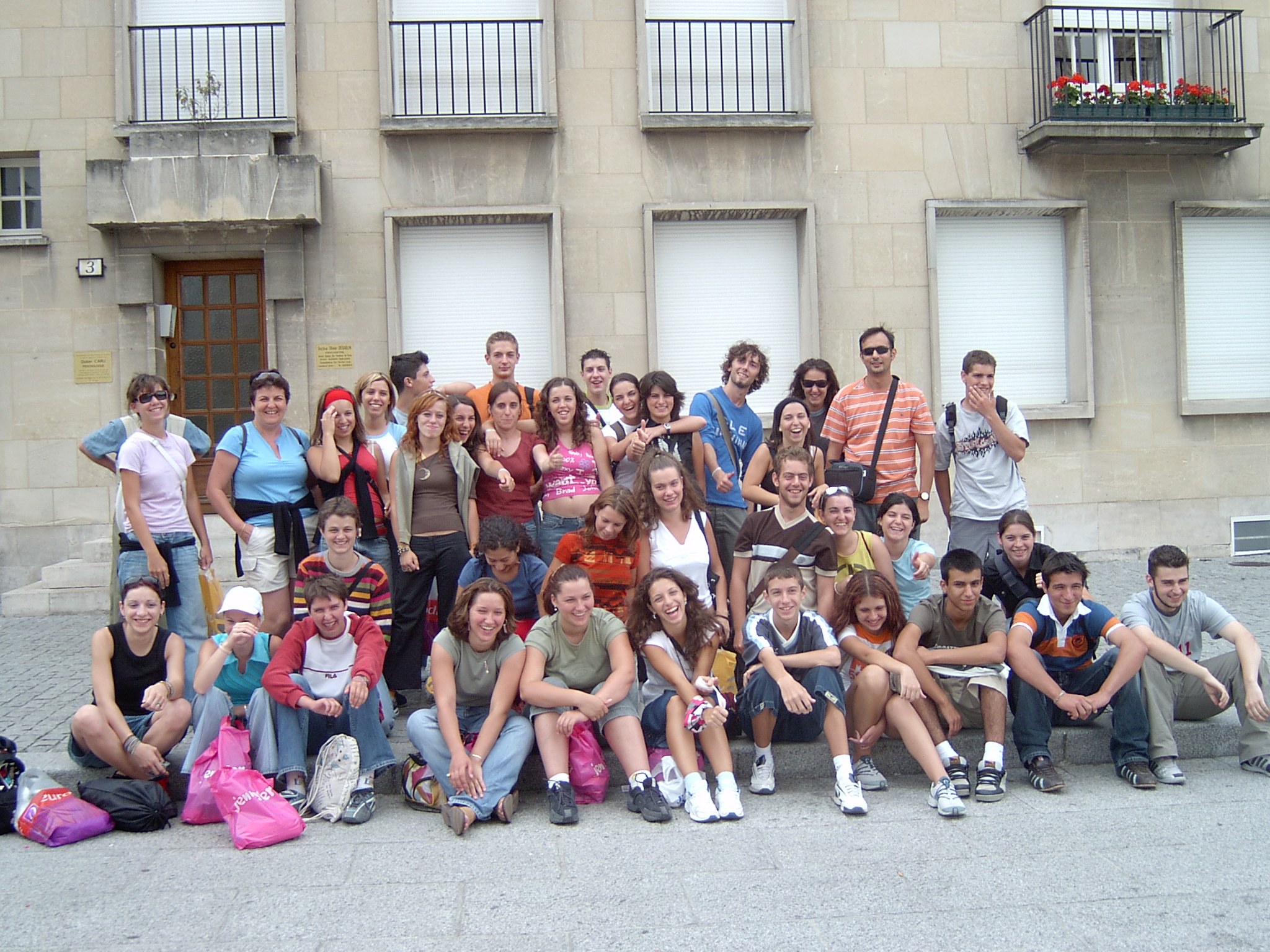
To exemplify rage and contempt as strategies of the in-between self, I reflect on experiencing othering for the first time in a diasporic context, during a summer camp in France, when I was fourteen. It was a summer camp for young students from European countries with a majority of Romance language speakers, and Romania is the only postsocialist country in that group. My othering stemmed from my postsocialist otherness.
Furthermore, I travelled to France during the 2004 negotiations for EU’s expansion to Eastern Europe, and their subsequent denial of entry to Romania and Bulgaria (until 2007). France was among the strong opponents in the negotiation process. The 2004 EU enlargement received the name of “eastern enlargement,” which can be seen as an “orientalising tool” (Boatcă, 2013, 10). As Boatcă (2013) explains, EU’s 2004 and 2007 expansions to Eastern Europe implied that new potential members had to go through a process of Europeanisation, thus suggesting those countries’ “questionable Europeanness” (10). Furthermore, the successful addition of new EU members from Eastern Europe rested on the degree to which those countries could ‘overcome’ their “connection to or overlap with the Ottoman, and therefore Oriental, legacy, constructed as the opposite of politically desirable Europeanness” (Boatcă, 2013, 10).
Moreover, discourses of unwanted migration from Eastern Europe abounded around the 2004-2007 EU Eastern expansions. The Roma were constructed as the scapegoat in both the west and the east. In its efforts to deter Romania from joining the EU, the west conflated the categories Romani and Romanian, while the Roma were (and still are) constructed as the most problematic group of migrants from Eastern Europe (see Fox et al., 2012; Yuval-Davis et al., 2017). In their efforts to articulate their Europeanness and desired EU belonging, Romanians often dissociate themselves from the Roma and thus reproduce racist discourses (see Woodcock, 2007; Fox, 2013; Wemyss & Cassidy, 2016).
Although racism is deeply ingrained in Romanian society, particularly against the Roma, before that summer camp in France I had not yet comprehended the manifestation of racism. In Wallachia and Moldavia (present-day Romania), from the second half of the fourteenth century, the Roma were forced into bondage and slavery for a period of five centuries. Therefore, in a Romanian context, due to the legacy of Roma enslavement, there are many damaging stereotypes that we have to unlearn about the Roma, while also having to learn more about how much we have appropriated from Roma knowledges.
At 14 I felt the violence of discrimination on my own body and psyche. At that time I did not react, my rage and astonishment remained on an inner level, and functioned as strategies of isolation and disengagement from spaces of harmful sense, where germination of a resistant self is possible.
Coatlicue state
As in the state of intimate terrorism, a person in the Coatlicue state is both resisting and being oppressed. In both states “one does not engage one’s faculties and abilities fully” (Lugones, 2005, 95). However, while in the former the emphasis is on the oppressed side (and on fear caused by external oppressive factors), in the latter the emphasis is on resisting (and on fear caused by the possibility of liberation). For Anzaldúa (1987), the Aztec goddess Coatlicue symbolises “the creative womb from which all things were born and to which all things returned” (34), “the symbol of the instinctual […] of the dark sexual drive, the chthonic (underworld), the feminine, the serpentine movement of sexuality, of creativity, the basis of all energy and life” (35).
The Coatlicue state has two moments occurring simultaneously. In the first moment, the in-between self is overwhelmed by fear of abandoning the multiple oppressive worlds she inhabits and thus not belonging anywhere. To cope with this fear, as well as to go beyond passivity, she engages in “repetitious, addictive activity” (Lugones, 2005, 94). Although the addictive activity allows her to gradually retreat her energy from complicity with oppressive power relations, it is also a distraction preventing her from awareness.
In the second moment, Coatlicue devours the fear. In this moment, the “in-between creative self” looks in the mirror and sees all her other multiple divided selves blocked in passivity (Lugones, 2005, 93). In the second moment, awareness happens and she starts envisioning a counter-world of sense where she can engage her faculties and abilities fully. To exemplify the second moment of the Coatlicue state, I interweave my memories with my mother’s and my aunt’s memories. Crossing inter-generational divides and finding commonalities in our differences is an important step in the process of envisioning a counter-world of sense where we can engage our faculties and abilities fully.
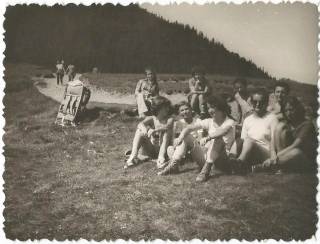
“We were children raised during hardship, responsible children whom our parents could trust. We lived close to nature, in the midst of a peach orchard. There were also apple and almond trees, and the forest was two km away. We lived with blessings during the cursed times in which we were born, time and space decided by those who had power then, as they do today, who drew our roads and borders and acted as if we were the ones who made the choices. We lived, not better or worse than children today; the red hair bow and our mother’s songs protected us from ‘the evil eye’.” Mia
“I remember the butterflies and the swing
hanging from a tree in the forest behind our building
I remember when the forest ceased to be
I remember the cement and the sewage holes that followed.
The frogs sang in green water
The red flowers talked to me during spring
I remember their smell.
The neighbourhood kids said, let’s jump over fire
She didn’t. She was afraid.” Ioana
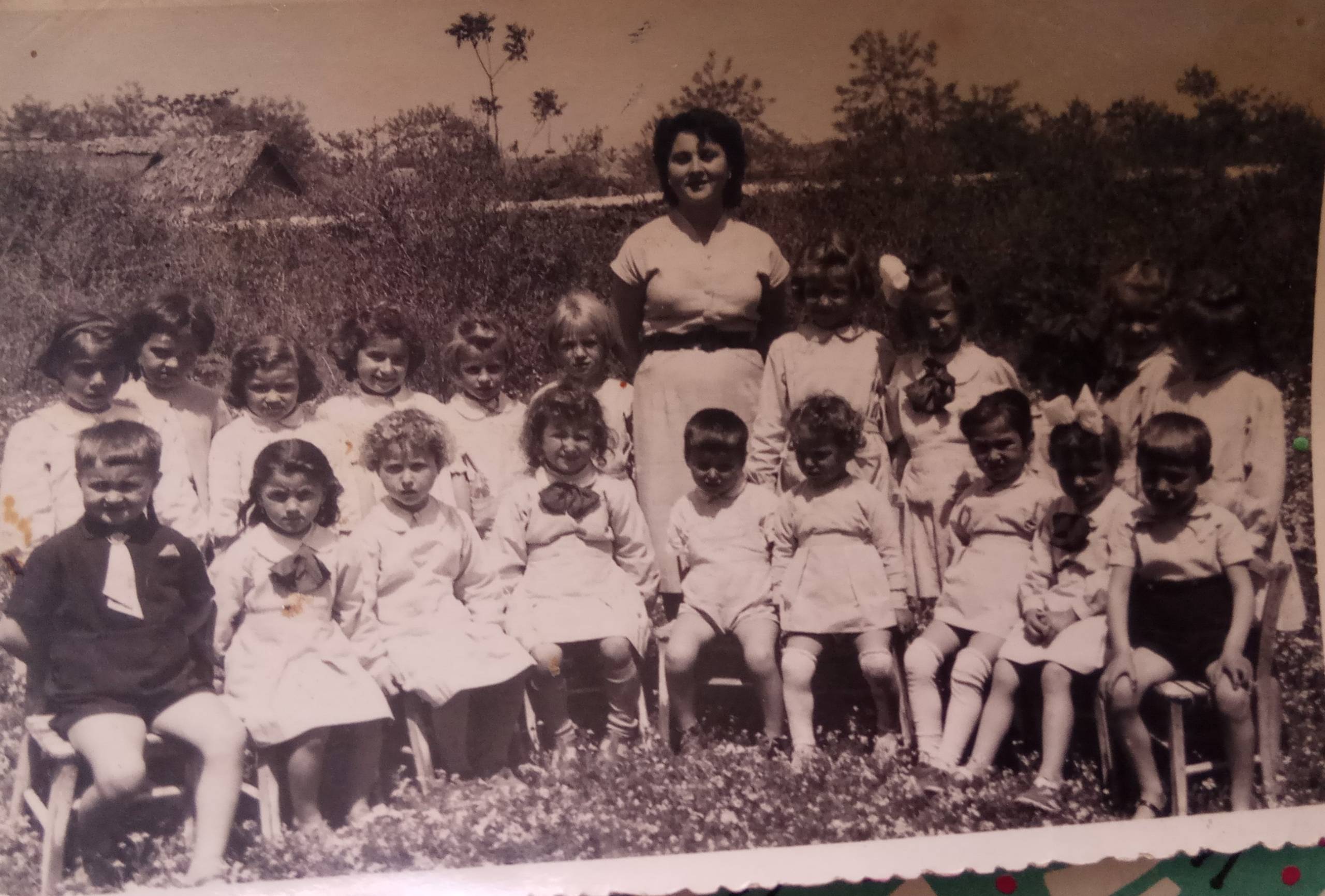
Mia and Ioana reflect on certain childhood spaces that trigger nostalgia, such as the orchard and the forest. Their nostalgia carries with it a sense of loss caused by certain power structures, perhaps loss of childhood ‘innocence’. Still, who has the ‘right’ to claiming childhood ‘innocence’? My Roma childhood friend was seen by our school classmates as devoid of ‘innocence’, sexualised under a pornographic male (child) gaze. Furthermore, Mia’s nostalgia might also be framed within nostalgia for a socialist past, although I would claim that it is nostalgia for her youth, regardless of the ideological period. In Mia’s narrative, one might read the desire to transcend certain stereotypes about life during socialism in claiming similarities and continuities between childhoods as well as between political structures/regimes then and now. In Ioana’s narrative, one might read the disintegration of her childhood spaces due to the chaotic 1990s privatisations and urban development, which continue to this day.
”The brutal, badly internally and externally orchestrated change of 1989 found us with a three week old baby. We lived the so-called ‘transition’ together and tried to make our children’s lives more beautiful, because a second child followed shortly after. Raising a child is difficult in any époque. One can follow all common-sense guidelines and still come to the awareness that circumstances are more decisive…” Mia
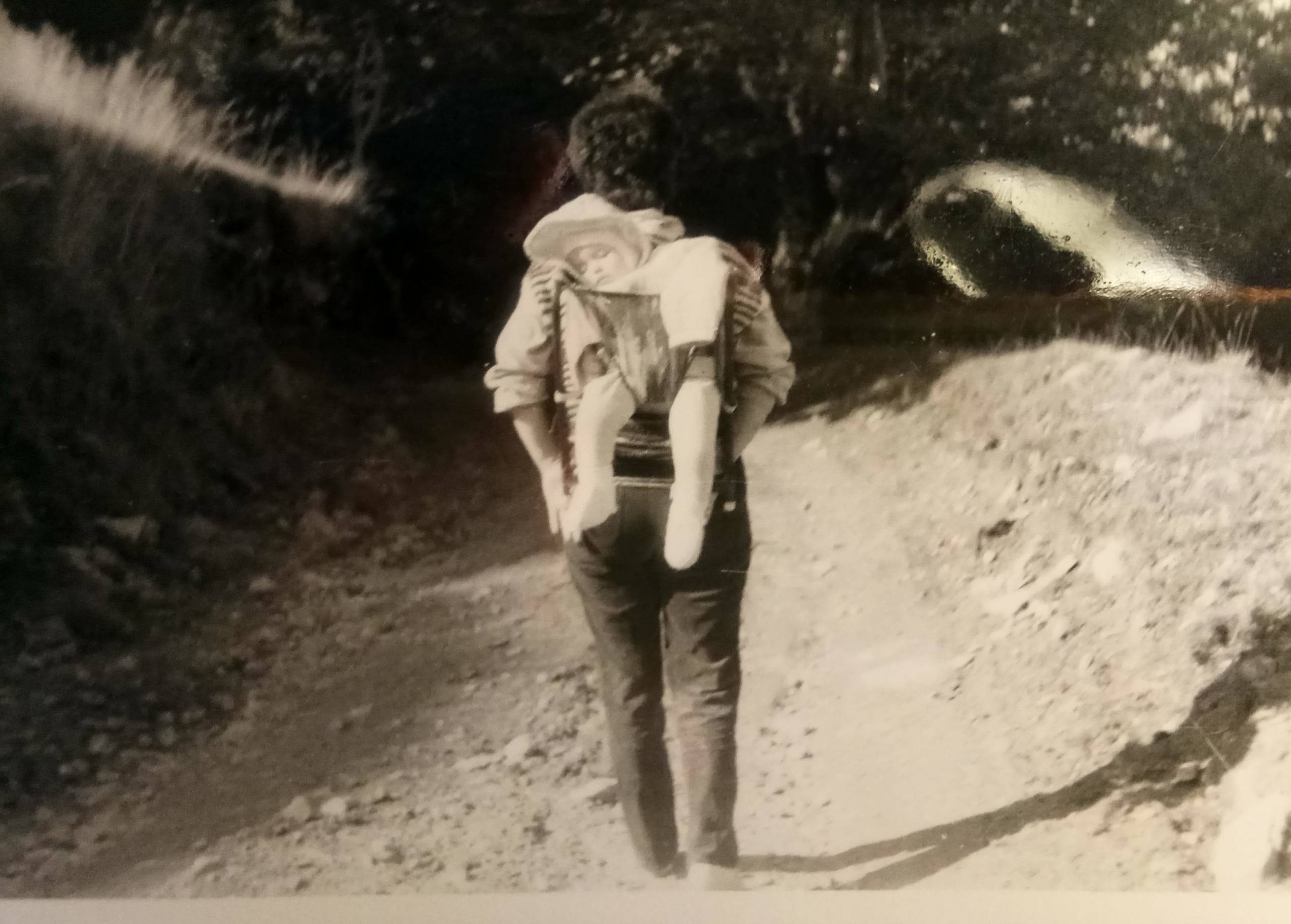
Mia gave birth to Ioana three weeks before the communist regime collapsed. It was a metaphoric end of history, a collective dive into ideological snaps and changes, the uncertainty of what was to come. It was also the beginning of a new life, full of hopes and fears. This new life was discursively, economically, and geopolitically framed as ‘transition’ from socialism to capitalism. In Mia’s eyes, this new life was embodied in her daughter, and later also in her son, born one year and a half later.
“One summer morning, Ali, Acî’s seven year old son, one of our neighbours, surprised all of us children, appearing in the yard in a long shirt, almost like a girl’s dress. We later found out from his mother that he had been baptised according to Islamic tradition. It was a moment in which difference attracted my attention and my curiosity. Otherwise, given Dobrogea’s multi-ethnic and multicultural character (comprised of Romanians from various regions of the country, Tatars, Turks, Aromaians, Macedonians, Lipovans), the variety of traditions, customs, and modes of doing things constituted an object of contemplation rather than of critical evaluation. At school, in the classroom, we found the same cultural mosaic, impetus for my constantly renewed curiosity for finding out what differentiates us from one another. Not toward inconsideration and contempt, but for knowledge and respect.” Jeni
“Dobrogea’s “first Anatolian (Seldjuk) Turkish inhabitants are said to have [settled there] in the 13th century. They were followed by (the Nogai) Tatars at the end of the 14th century” (Lederer, 1996, 352). During the 1878 Berlin Congress, which decided on the territorial division of four emerging Balkan states, “Romania received the province [of Dobrogea] in compensation for Bessarabia occupied by the Tsar” (Lederer, 1996, 352). After its annexation to Romania, the region went through a Christianisation process, with mass settlements of Romanians from other parts of the country, thus gradually pushing most Muslims away, while the remaining Muslims went through a gradual process of assimilation/segregation.” Ioana
“In a relatively closed environment, which allowed everyone to know everything about their neighbours, we lived a communal life in which we accepted each other’s cultural, ethnic, and religious differences as a matter-of-course, which I rarely found in bigger and more homogenous communities.” Jeni
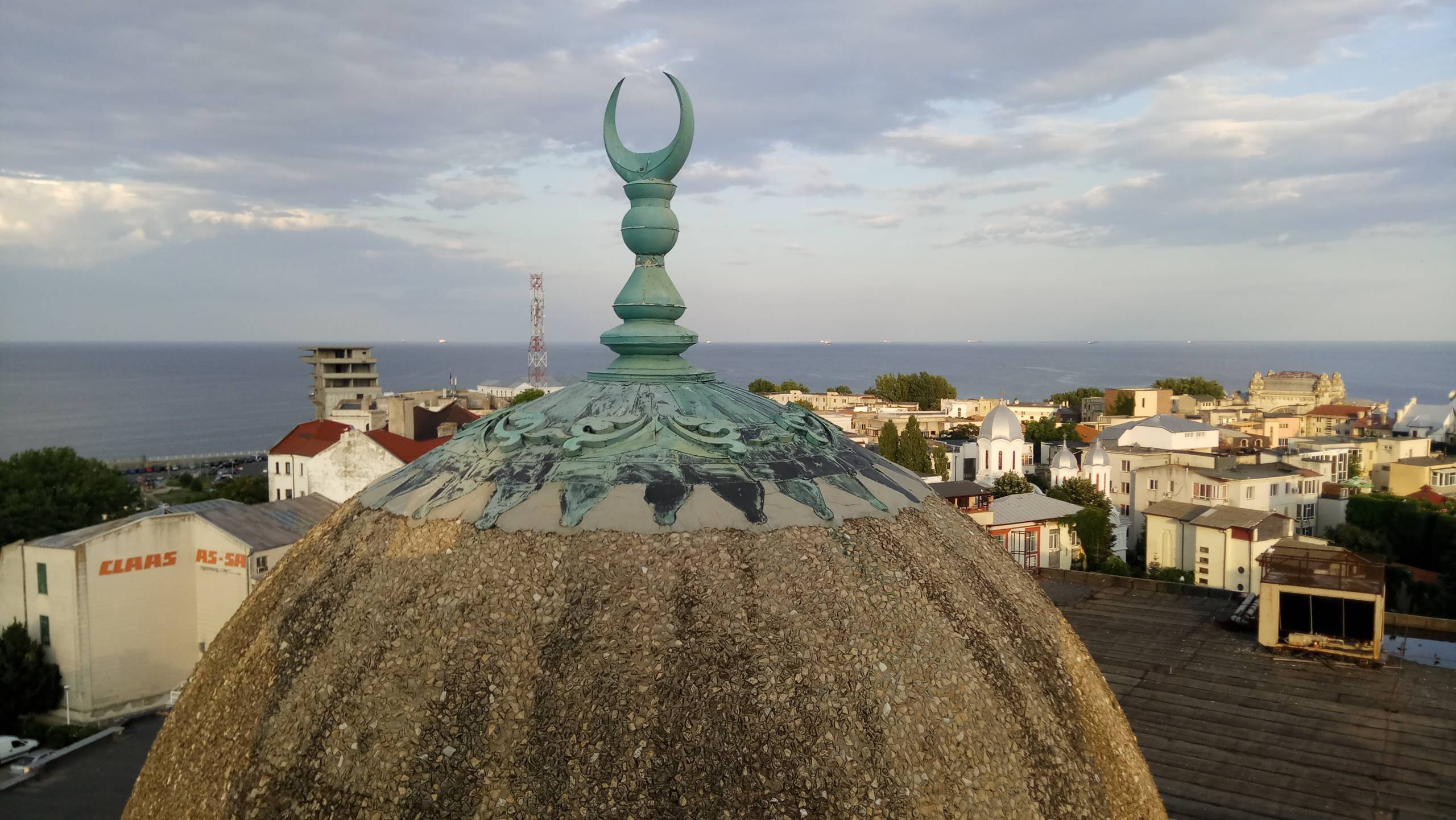
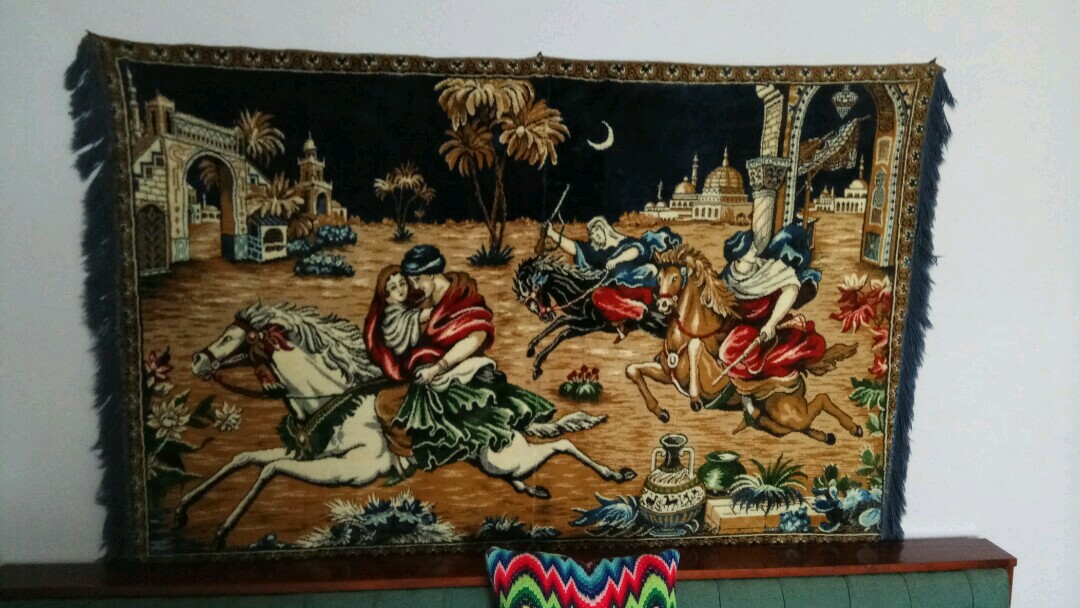
Jeni and Ioana reflect on the multi-ethnic and multi-religious historical roots and current landscape of Dobrogea, the region where they were born. It seems that they are narrating and expanding their sense of self as “the self of historicised people” (Lugones, 2005, 87). Dobrogea is a region in South-East Europe, on the Black Sea coast. From the 13th century until its 1878 annexation by Romania, it had been a Muslim province inhabited mainly by Turks and Tatars. The region went through a process of settler colonialism and Christianisation, in which Romanian officials relied heavily on “Algeria-related French orientalist and legal literature of that period as a basis for comparison” (Lederer, 1996, 352).
While Jeni paints a picture of a multicultural Dobrogea inhabited by diverse peoples living in mutual tolerance and harmony, Ioana paints a picture of settler colonialism and assimilation. One can notice the contrast between living a communal life in a small rural community characterised by mutual appreciation of and learning from each other’s differences on the one hand, and living an urban life in which different communities are either segregated or assimilated on the other hand.
Still, the colonial history of Dobrogea was never taught to us in school, nor was the history of Roma enslavement for that matter. During my schooling years, I took for granted the presence of Turks, Tatars, and Islam as a sign of our geographical proximity to Turkey. Only later, after my own experience of migration, did I start investigating Dobrogea’s history.
“Remembering is, inevitably, selective. This selection though is far from being conscious and premeditated. From the multiplicity of senses, feelings, actions, and occurrences, those that seem to be special impose themselves upon us, somehow by themselves, without our will. Proof of this peculiar character of theirs is the force itself with which they impose themselves. It becomes clear that these memories mark turning points in our lives followed by memorable shifts of life trajectories. In them we can identify so-called epiphanies. Remembering my childhood led me to identify some of these relevant moments that played a significant part in the process of constructing my identity.” Jeni
“While remembering childhood and early youth memories and reading the chapter entitled Feminist Snap from Sara Ahmed’s book Living a Feminist Life (2017), I identified with many of the author’s recollections and theorisations of snapping “bonds that are damaging or at least compromising of a possibility that you are not ready to give up” (188). As in Ahmed’s (2017) writings, my snaps have entailed “violent moments; the unbecoming of something” (188).” Ioana
Jeni and Ioana are explaining their processes of remembering childhood and how the circumstances of the present adult affect that process. Both of them chose to focus on turning or breaking points in their everyday lives and subjectivities. For both of them it seems that remembering was an intimate, creative, powerful, intense, even sensual process. This resonates with the sensuality that Gloria Anzaldúa ascribes to the second moment of the Coatlicue state.
“Once the painful self-exploration has passed, Anzaldúa writes. She links writing to psychic and physical suffering.” “The cycle repeats: resistance, Coatlicue State, shift of consciousness, poetry.” (Garber, 2005, 218, 219)
Remembering-Shifting. A Poem
I remember the butterflies and the swing
hanging from a tree in the forest behind our building
I remember when the forest ceased to be
I remember the cement and the sewage holes that followed.
The frogs sang in green water
The red flowers talked to me during spring
I remember their smell.
The neighbourhood kids said, let’s jump over fire
She didn’t. She was afraid.
The dogs barked at night
I remember the dog bite
I remember the cat following my pencil
As I made strokes on a piece of paper.
The chicken was silent while I gave her a shower in my grandparents’ village
the chicken was silent. It was dead.
The flies made noise around my ice-cream
My grandparents talked over honey and țuică.
She did not see the past, nor the future
She felt uprooted and futureless
She did not see herself.
They said transition is a fact
She was bitter.
I remember the split… the growth that followed…
She is angry at her long-lasting disengagement from her history
She is angry with the voices in her head
With the cyclical, ongoing interpretations of encounters and conversations
with reinterpretations of the scenes of everyday life.
Her mother laughed nervously
Her mother said, you are not the mother of the wounded
She said to reflect on our disengagement from history.
My friend said I should formulate my own ideas
I said we should co-construct the world anew.
My mother said, always avoid dependency situations
My grandmother said she will die soon, but not during summer. It’s too hot. She prefers winter death.
This essay was presented in June 2019 at the conference ‘Beyond 1989. Childhood and Youth in Times of Political Transformation in the 20th Century’, organised by the Institute of Advanced Studies at the Central European University, Budapest, Hungary. It is part of my ongoing work as a research assistant for the project Re-Connect / Re-Collect: Crossing the Divides through Memories of Cold War Childhoods.
References
Ahmed, S. (2017). Living a feminist life. Durham: Duke University Press.
Anzaldúa, G. (1987). Borderlands/La Frontera: The New Mestiza. San Francisco: Aunt Lute Books.
Boatcă, M. (2013). Multiple Europes and the Politics of Difference Within. In Boatcă, M. (ed.) Uneasy Postcolonialisms. Worlds & Knowledges Otherwise. Volume 3, Dossier 3. Duke University Press.
Fox, J. E. (2013). The uses of racism: Whitewashing new Europeans in the UK. Ethnic and Racial Studies, 36, 1871–1889.
Fox, J. Moroşanu, L., & Szilassy, E. (2012). The racialisation of the new European migration to the UK. Sociology, 44, 680–695.
Fukuyama, F. (1992). The End of History and the Last Man. Free Press.
Garber, L. (2005). Spirit, Culture, Sex: Elements of the Creative Process in Anzaldúa’s Poetry. In Keating, A. L. (ed.). EntreMundos/AmongWorlds. New Perspectives on Gloria E. Anzaldúa. New York: Palgrave Macmillan.
Lederer, G. (1996). Islam in Romania. Central Asian Survey, 15:3-4, 349-368, DOI: 10.1080/02634939608400956
Lugones, M. (2005). From within Germinative Stasis: Creating Active Subjectivity, Resistant Agency. In Keating, A. L. (ed.). EntreMundos/AmongWorlds. New Perspectives on Gloria E. Anzaldúa. New York: Palgrave Macmillan.
Mignolo, W. (2000). Local Histories/Global Designs. Princeton: Princeton University Press.
Sandoval, C. (2000). Methodology of the Oppressed. Minneapolis: University of Minnesota Press.
Tlostanova, M. (2017). Postcolonialism and Postsocialism in Fiction and Art: Resistance and Re-existence. Cham, Switzerland: Palgrave Macmillan.
Wemyss, G. & Cassidy, K. (2017). “People think that Romanians and Roma are the same”: everyday bordering and the lifting of transitional controls. Ethnic and Racial Studies, 40:7, 1132-1150, DOI: 10.1080/01419870.2017.1267381
Woodcock, S. (2007). Romania and EUrope: Roma, Rroma and Ţigani as sites for the contestation of ethno-national identities. Patterns of Prejudice, 41:5, 493-515, http://dx.doi.org/10.1080/00313220701657294
Yuval-Davis, N., Varjú, V., Tervonen, M., Hakim, J. & Fathi, M. (2017). Press discourses on Roma in the UK, Finland and Hungary. Ethnic and Racial Studies, DOI: 10.1080/01419870.2017.1267379


